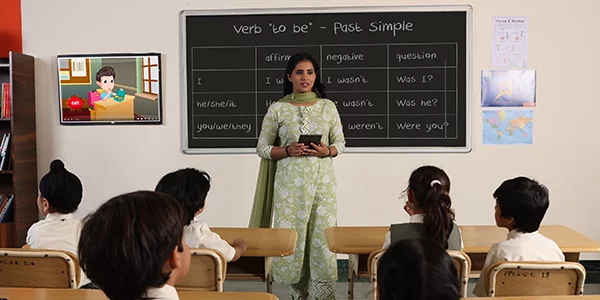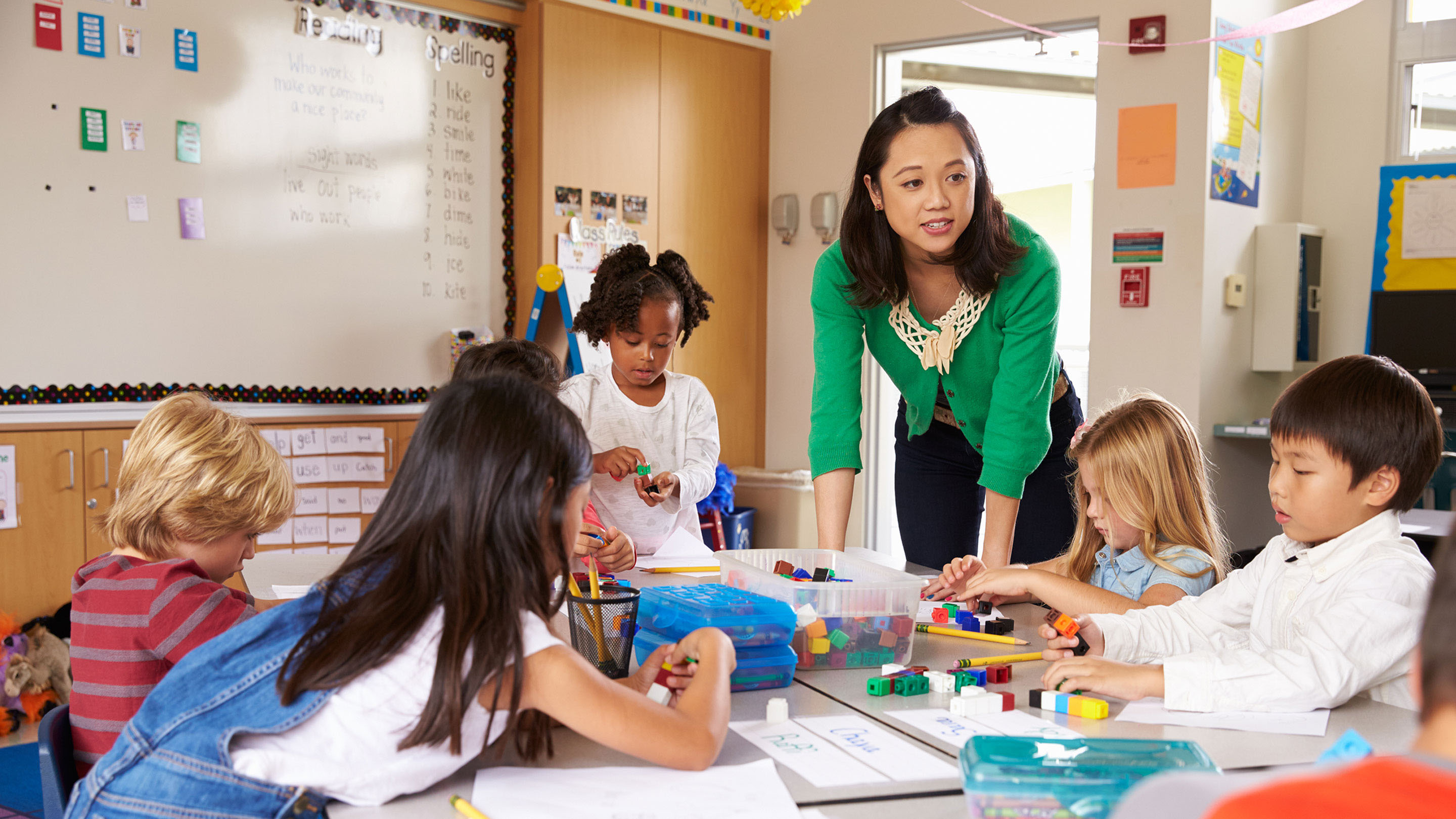Enroll in Primary Science Tuition Singapore for a Strong Science Foundation
Enroll in Primary Science Tuition Singapore for a Strong Science Foundation
Blog Article
Discovering the Various Training Techniques in Main Science Education Today
The landscape of key science education and learning is progressing, with numerous training techniques gaining importance in contemporary class. Inquiry-based understanding, hands-on experiments, and the combination of technology are redefining just how instructors involve young minds. Furthermore, collective methods and distinguished instruction are being employed to accommodate the varied requirements of pupils, improving both involvement and understanding. As we analyze these techniques, inquiries occur about their efficiency and the effects for future instructional techniques. What might these shifts in method mean for the next generation of students?
Inquiry-Based Discovering
Inquiry-Based Discovering (IBL) is an instructional method that urges trainees to explore scientific ideas with questioning, examination, and hands-on experimentation. This method highlights the role of trainees as active individuals in their knowing, promoting vital reasoning and analytical skills. By engaging with real-world inquiries, pupils end up being curious and inspired, which improves their understanding of clinical concepts.
In IBL, instructors serve as facilitators, leading pupils as they browse their questions instead of supplying info straight. This student-centered approach permits for differentiation, fitting different learning styles and rates. Students develop abilities in creating theories, creating experiments, and examining data, which are critical for scientific proficiency.
In addition, IBL promotes partnership among students, encouraging them to share findings and ideas. This cumulative questions promotes social skills and a feeling of area within the class. Moreover, the procedure of inquiry encourages resilience, as students learn to welcome failing as a tipping stone toward understanding.
Hands-On Experiments
Hands-on experiments are an essential part of effective scientific research education and learning, complementing the principles of inquiry-based understanding. These experiments enable students to involve directly with clinical ideas, fostering a much deeper understanding through experiential understanding. By controling materials and observing end results, young learners can grasp abstract concepts in tangible means.
Such activities advertise critical reasoning and problem-solving skills, as pupils hypothesize outcomes, conduct experiments, and examine results. This process motivates them to ask questions, improve their understanding, and develop a clinical mindset. Hands-on experiments can be customized to varied knowing designs, ensuring that all trainees have the chance to engage meaningfully with the web content.
Furthermore, hands-on experiments frequently encourage partnership among peers, advertising teamwork and communication abilities. Functioning in teams allows students to share concepts, go over findings, and pick up from one another, which enhances their general academic experience.
Integrating hands-on experiments right into the key science curriculum not only enhances the discovering atmosphere yet additionally grows a long-lasting passion in scientific research. By actively joining their education and learning, trainees are most likely to develop a passion for scientific query that expands past the class.

Technology Integration
Incorporating modern technology into primary scientific research education and learning has actually come to be increasingly vital in promoting pupil engagement and enhancing discovering end results. The usage of electronic devices, such as interactive simulations, digital laboratories, and instructional software application, offers trainees with opportunities to explore clinical principles in ingenious ways. These sources have a peek at these guys help with a much deeper understanding of complicated subjects by allowing learners to envision and control variables that would be impractical in a conventional class setup.
Additionally, innovation integration encourages individualized finding out experiences. Trainees can progress at their very own rate, taking another look at challenging concepts with multimedia sources, which satisfy various learning designs. This adaptability not only supports private growth yet likewise grows a feeling of freedom in students.
In addition, modern technology functions as a bridge to real-world science, linking trainees with present research and professional payments. Access to clinical journals and online data sources broadens trainees' perspectives on clinical inquiry and cultivates critical assuming abilities.
Collaborative Knowing
Collaborative understanding plays an essential duty in primary scientific research education by fostering team effort and interaction skills amongst students. This technique urges learners to collaborate, share knowledge, and take part in analytic, which enhances their understanding of scientific ideas. By participating in group tasks, trainees find out to express their ideas, listen to diverse viewpoints, and negotiate services, every one of which are essential skills in both real-world and scholastic contexts.

Research shows that collaborative understanding can result in increased motivation and involvement in science topics, as students discover satisfaction in shared experiences (primary science tuition Singapore). In addition, this method prepares pupils for future collaborative ventures, equipping them with the skills essential for effective team effort in college and expert settings. Ultimately, accepting collaborative understanding in primary scientific research education can considerably improve the discovering experience and promote a deeper understanding of clinical inquiry
Differentiated Direction

Separated guideline can manifest in numerous methods, such as varying the web content, procedures, or items of learning. For example, educators might make use of tiered jobs that provide differing levels of complexity, allowing students to function at their corresponding preparedness levels. Furthermore, versatile grouping approaches can promote partnership amongst trainees with different abilities, promoting peer understanding.
Assessment plays an essential duty in this strategy, as it educates direction and assists teachers comprehend each trainee's distinct needs. Developmental analyses, such as monitorings and quizzes, can lead educators in adjusting their techniques to boost finding out outcomes. primary science tuition Singapore. Inevitably, by executing differentiated direction in primary science education and learning, educators can grow an extra effective and equitable discovering environment, equipping all pupils to reach their complete potential in comprehending clinical phenomena
Final Thought
In summary, the varied training strategies in main scientific research education and learning, consisting of inquiry-based learning, hands-on experiments, modern technology integration, collective understanding, and distinguished direction, jointly add to a more effective knowing atmosphere. These techniques advertise crucial thinking, analytical abilities, and a much deeper understanding of clinical principles. By implementing these strategies, educators can produce encouraging and interesting class that resolve the varied needs of students, ultimately fostering a lifelong interest in science and enhancing academic achievement.
Inquiry-Based Knowing (IBL) is a pedagogical approach that encourages students to explore scientific principles via wondering about, examination, and hands-on experimentation.Joint understanding plays a vital duty in key scientific research education and learning by cultivating team effort and communication abilities among students.Study suggests that collaborative understanding can lead to boosted motivation and involvement in scientific research subjects, as pupils discover enjoyment in common experiences.In fostering a comprehensive discovering environment, differentiated guideline emerges as a vital technique to accommodate the diverse demands and capabilities of students in main science education. Ultimately, by carrying out distinguished guideline in primary navigate to this website scientific research education, teachers can cultivate a much more efficient and equitable understanding atmosphere, encouraging all trainees to reach their complete potential in recognizing scientific sensations.
Report this page